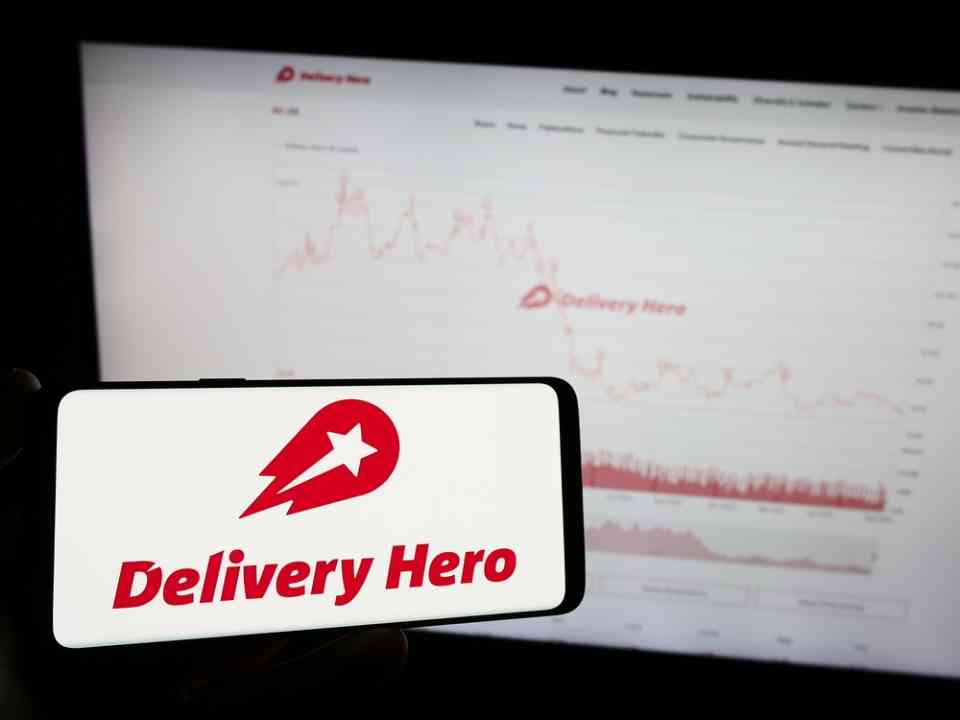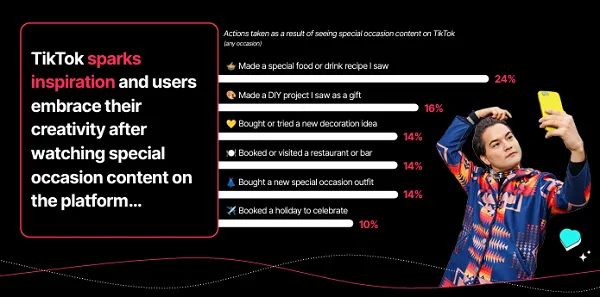Managing your brand reputation is an essential part of any marketing strategy. In this article, you’ll learn everything you need to know about Brand Reputation Management and how it ties into other aspects of your marketing strategy. The questions you need to ask yourself to develop a strong BRM plan.
What Is Brand Reputation Management?
Brand reputation management is identifying, tracking, and responding to mentions of your brand online. It’s about protecting and promoting your company’s good name in the digital age.
An effective brand reputation management strategy can help you proactively shape and monitor your company’s public image. A good reputation can be a crucial ingredient in attracting and retaining customers, and building a strong brand is critical for success in today’s marketplace.
Developing A Brand Reputation Management Strategy
Creating a brand reputation management strategy is one of the most critical steps in protecting your brand. A well-executed strategy can help you avoid negative publicity and build a positive reputation for your business.
Here are some tips on how to develop an effective brand reputation management strategy:
1. Define What Your Brand Stands For: Know what makes your company unique and why customers should choose you over your competitors. This will help you create a consistent message and promote specific aspects of your business.
2. Build a Strong Online Presence: Invest in a good website and update it regularly with information about your brand and products. Use social media platforms to reach new customers and build relationships with current ones.
3. Engage With Critics And Supporters: Respond promptly to any queries or complaints raised, even if you disagree with them. This will show that you are committed to providing quality customer service.
4. Constantly Monitor The Situation: Be aware of changes in consumer behavior, and react to them. If you feel that your product or service is losing its appeal, you should consider reducing the price or re-launching a new version of your product.
5. Don’t Give Up On Trying To Sell Products: Some people have no interest in buying what you are selling, but there may be others who would buy if given a chance.
If you discontinue the sale of a particular item, ensure that it isn’t offered for too long at a discount, as this might convince consumers that it is a bargain not worth buying.
6. Keep Track Of Your Reputation Metrics: Tracking your reputation metrics can help you identify areas where you need to improve your profile with the public. This information can be used to create and implement a Brand Reputation Management Plan.
7. Monitor Online Conversations About Your Company: Monitoring online conversations can help you identify potential problems and address them before they become bigger issues. You can use this information to create or adjust your Brand Reputation Management Strategy accordingly.
8. Communicate Regularly With The Media And Other Key Influencers: Communicating regularly with the media and other key influencers can help promote positive stories about your company and restore damaged relationships if necessary. It also allows you to update them on new developments in your Brand Reputation Management Strategy.
9. Build Relationships With Trusted Advisors: Building relationships with trusted advisors can offer valuable advice and support as you develop and implement your Brand Reputation Management Strategy. The more they know about your company, the more they can help you.
10. Inform Target Audience: Inform employees and customers about what is going on and keep them informed. This can be done through Brand Blogs, News Releases, Press Releases, Media Contacts, or Social Media Posts that are customized to meet the needs of specific customer segments or industry sectors.
It is up to you to decide who needs to be informed about these changes and how often information regarding them should be disseminated.
11. Use Social Media Tools: Keep tabs on what’s being said about your brand online. Use social media monitoring tools to track company mentions across the web. This will help you quickly identify and respond to any negative sentiment.
12. Stay Up-To-Date: Ensure your website and social media profiles are up-to-date and reflect your brand identity accurately. This will help create a positive first impression for anyone who comes across your company online.
13. Capture Reviews And Testimonials: Proactively cultivate positive reviews and testimonials. Encourage happy customers to leave reviews on popular sites like Yelp or Google Maps. You can also showcase customer testimonials on your website or social media profiles.
14. Be Responsive To Criticism: If someone leaves a negative review or criticizes your company online, take the time to respond professionally and courteously. Listen to what the customer was upset about and address any issues that were brought up.
15. Use Social Media: Social media helps to grow your business and build a positive reputation. Social networks like Twitter and Facebook allow your customers to interact with your business in real-time, which is valuable for building brand awareness and keeping customers interested in your company.
The Benefits Of An Effective BRMS Plan
An effective brand reputation management strategy can help protect your business from negative online reviews and ratings and build trust with potential and current customers. Here are some of the benefits of implementing an effective BRMS plan:
1. Reduce Online Criticism And Negative Sentiment: An effective BRMS plan can help reduce the number of online reviews and ratings that are negative or unflattering. By tracking reviews and feedback before and after a product or service is purchased, you can determine which studies were positively influenced by the purchase and which were not.This information can improve future customer interactions by ensuring that all interactions are positive.
2. Retain Loyal Customers: By building trust with your customers, you’re more likely to retain them over time. An effective BRMS plan can help identify and address any issues that may have led to customer dissatisfaction so that they feel reassured about doing business with you in the future. Additionally, by tracking customer feedback over time, you can identify any changes in behaviour or preferences that may help to gain more loyal fans.
3. Generate New Leads: An effective BRMS plan can help generate new leads by keeping tabs on customer feedback and engagement. For example, a property management company’s BRMS plan might include tracking actions taken on online forms, such as check-ins or comments, to ensure that every customer who contacts the company receives a response.
4. Improve Overall Satisfaction: An effective BRMS plan can help you achieve higher overall satisfaction by monitoring customer behaviour and gathering customer feedback. This can help increase your profits by improving your business processes.
5. Control Costs: An effective BRMS plan helps identify cost savings and waste elimination opportunities to help control expenses. For example, by tracking potential areas for cost reductions through time-based analytics, an insurance agency can eliminate unnecessary processes and identify new revenue streams to increase profitability.
Conclusion
Branding is about creating a unique and memorable identity for your company, product, or service. And to do this, you must establish a good reputation management strategy.
Each of these strategies has its requirements and challenges, but if done correctly, they can help your company achieve its branding goals. So if you want to make sure your business stands out from the competition, investing in a good brand reputation management strategy is crucial.
























































![What App Features Are People Willing to Pay For? [Infographic] What App Features Are People Willing to Pay For? [Infographic]](https://imgproxy.divecdn.com/mHJQ6ffz2lGDUuF649StZz5xtI56ORDL5z-Cjs9ZUw8/g:ce/rs:fit:770:435/Z3M6Ly9kaXZlc2l0ZS1zdG9yYWdlL2RpdmVpbWFnZS9hcHBzX3RoYXRfcGVvcGxlX3BheV9mb3JfMi5wbmc=.webp)















